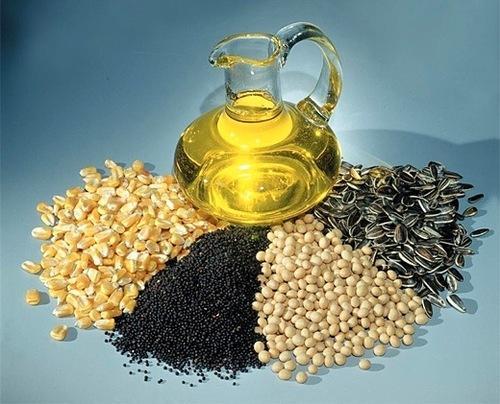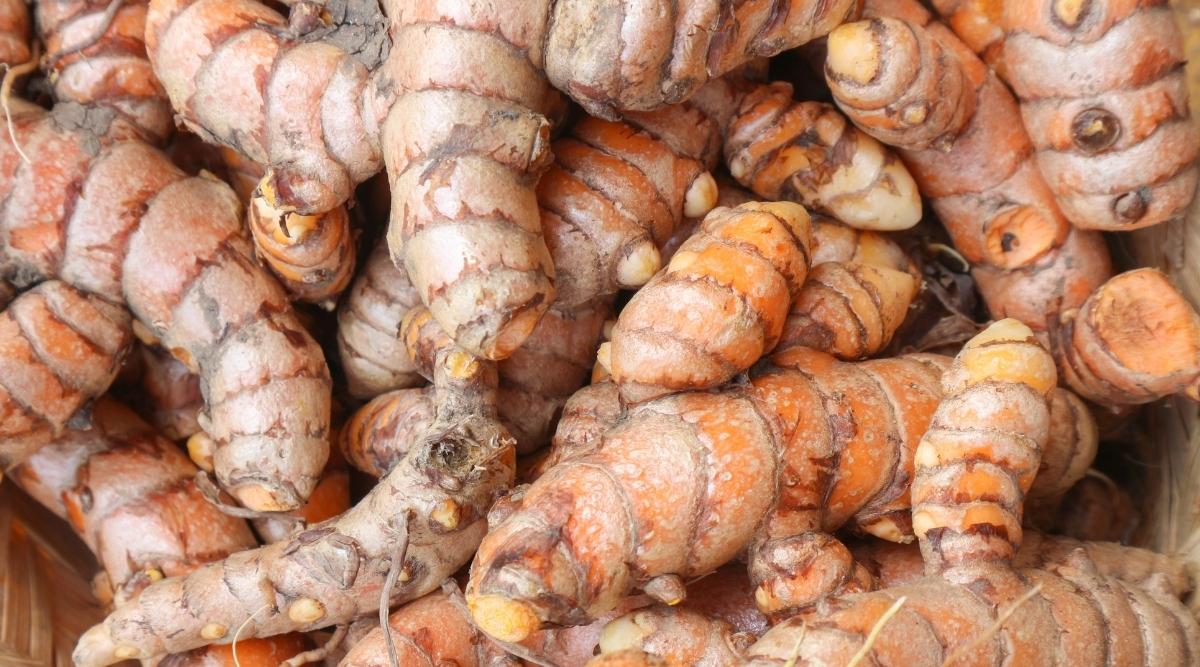The industry anticipates that soya meal shipments would more than double to 14 lakh tonnes (lt) in the current oil season (October 2022–September 2023) due to the recovery in demand for Indian soya meal, particularly from SouthEast Asian and Far Eastern countries. Exports of soya meals are off to a good start. Shipments climbed by 65% to 6.31 lt (3.83 lt) in the first four months of the season. Global soya meal prices are rising due to weather concerns about the forthcoming harvest in Brazil and Argentina.
We have nearly matched last season’s levels of 6.4 lakh tonnes in the first four months, and we anticipate overall shipments to be in the range of 1415 lakh tonnes, according to DN Pathak, Executive Director, The Soyabean Processors Association of India (SOPA). Since Indian food was more expensive on the international market, soya meal exports actually fell precipitously in the 2021–22 season, from 19.20 lt to 6.4 lt. In Madhya Pradesh, the state that produces the most soybeans and other oilseeds, the modal price of soybeans, which refers to the prices at which most trades occur, has remained stable and is currently hovering just above 5,000 rupees per quintal.
On an ex-factory basis, soya meal (FAQ) costs in Indore typically vary from Rs. 45,000 to Rs. 45,300 per tonne. According to SOPA’s most recent data on demand and supply, soybean crushings increased by 52% during the studied period as a result of increased market arrivals and rising soya meal demand, which boosted the oilseed’s availability. In the months of October to January, soybean crushings increased to 43.50 lt from 28.50 lt during the same time last year. soybean arrivals rose to 61 lt (48 lt). Soybean production was estimated by SOPA to be 120.40 lt.
The total amount of soybean that was available during the year was 145.55 lt, with a carryforward stock of 25.15 lt. After retaining for sowing, 134.55 lt (113.27 lt) is thought to be available for crushing. Compared to the 22.75 lt logged a year ago, the total soya meal production over the first four months was close to 35 lt. Along with increasing exports, domestic demand for meals is also rising from the feed and food industries. The feed industry’s soya meal consumption increased during the months of October through January, rising to 24 lt from 21.50 lt. In the food sector, soya meal consumption increased to 4 lt from 2.70 lt a year earlier.

